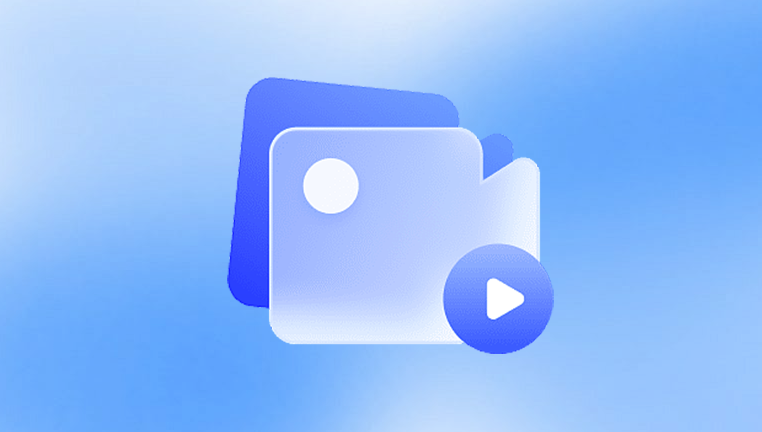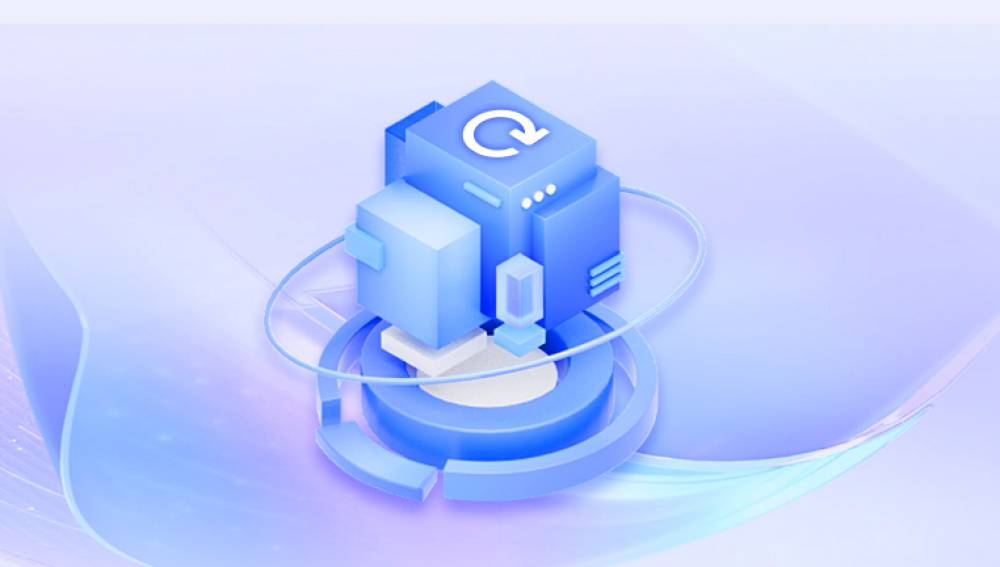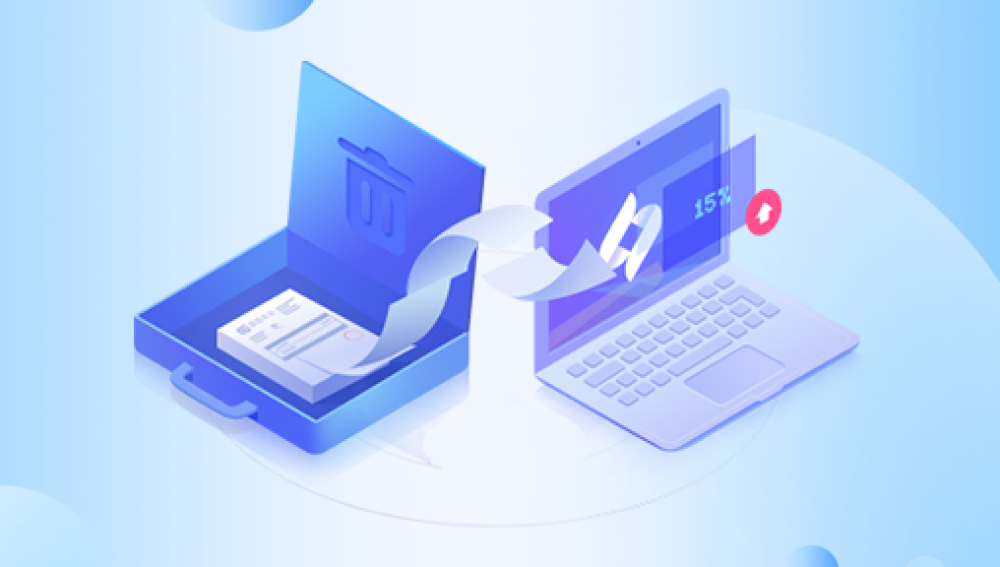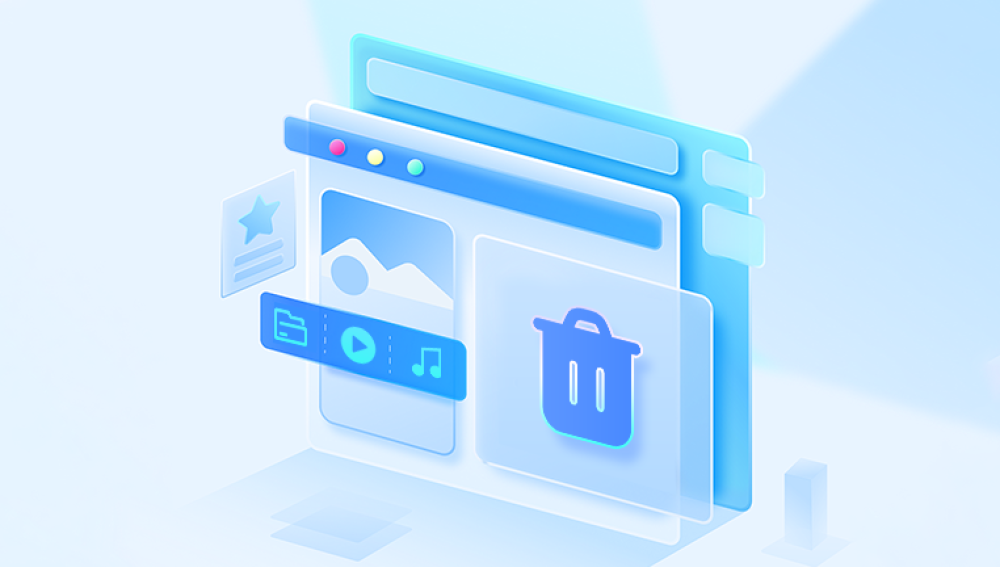Unfortunately, due to their portable nature and reliance on SD cards, GoPros are also prone to video data loss whether from accidental deletion, file corruption, formatting errors, or hardware malfunction. The panic that sets in when you realize your hard-earned footage has vanished can be overwhelming. But thankfully, all may not be lost.
One of the most reliable tools in the realm of video recovery is Disk Drill, a powerful data recovery application designed for both novice users and seasoned professionals. With its intuitive interface, deep scanning technology, and compatibility with multiple file systems, Disk Drill is well-suited to retrieve GoPro videos from formatted, corrupted, or even seemingly unreadable SD cards.
You can also use our Drecov Data Recovery software to download and recover videos, files, and images for free, with convenient operation!

Common Causes of GoPro Video Loss
Before diving into the recovery process, it’s important to understand the typical reasons why GoPro videos may become lost or inaccessible:
Accidental Deletion: The most common scenario where users delete files to free up space, only to later realize they erased important footage.
Card Formatting: If the GoPro requests a format due to a detected issue or if you format the SD card using a computer, all existing data will be erased.
File System Corruption: Interrupting a file transfer, improper ejection of the SD card, or using the card in multiple devices can result in corruption.
SD Card Damage: Physical damage or degraded SD cards may become unreadable by both the GoPro and the computer.
Firmware or Software Glitches: On rare occasions, GoPro firmware may malfunction and lose or misplace files in the file system.
Understanding the root cause helps you approach recovery more strategically, especially when choosing scanning options in Disk Drill.
What Is Disk Drill?
Disk Drill, developed by CleverFiles, is a data recovery software that specializes in rescuing lost files from various storage media, including memory cards, USB drives, internal and external hard drives, and even damaged partitions. It supports recovery of over 400 file formats—including GoPro’s commonly used MP4 (H.264 and HEVC) and LRV (low-resolution video previews).
Disk Drill is available for both Windows and macOS, with a free version offering limited data recovery (up to 500MB on Windows) and premium versions unlocking full recovery capability.
Features That Make Disk Drill Ideal for GoPro Recovery
Deep Scan: Disk Drill can scan for lost data even on formatted or corrupted SD cards, looking beyond the file table to detect remnants of files.
Video File Previews: You can preview video files before recovering them to ensure you're retrieving the correct footage.
File Signature Recognition: The program can identify and recover GoPro file types based on known data patterns even when file names and directories are lost.
Pause and Resume Scans: Large SD cards can take time to scan, but Disk Drill allows you to pause and resume scans at your convenience.
Byte-level Imaging: Create a byte-by-byte backup of your SD card and recover from the image instead of the original device—ideal for fragile or failing cards.
Preparing for Recovery
Before you begin, here are the essentials you’ll need:
1. A Card Reader or SD Adapter
Most GoPro models use microSD cards. You’ll need an SD adapter or USB card reader to connect the SD card to your computer.
2. Disk Drill Installed on Your Computer
Visit the official CleverFiles website and download the appropriate version of Disk Drill for your operating system. Install the software before inserting your SD card.
3. Don’t Write New Data
Avoid recording new videos or copying new files to the GoPro’s SD card after data loss. New data can overwrite the lost files, making recovery much harder or impossible.
Step-by-Step: How to Recover GoPro Videos Using Disk Drill
Step 1: Connect the SD Card
Insert the GoPro SD card into your computer via a card reader. Ensure the card is recognized by your operating system. If prompted to format the card—do not format it.
Step 2: Launch Disk Drill
Open Disk Drill. On the home screen, you’ll see a list of all available drives and partitions. Look for your GoPro’s SD card—it may appear as a generic name (like “Generic Storage Device” or the card’s brand name).
Step 3: Select the SD Card
Click on your SD card from the list. Choose the recovery method. By default, Disk Drill recommends "All recovery methods" which includes quick scan and deep scan procedures. For lost GoPro videos, this is usually the most effective choice.
Step 4: Start Scanning
Click “Search for lost data.” The scan may take a few minutes to several hours depending on the SD card’s size and condition. You’ll see a progress bar indicating the scanning status.
Step 5: Review Found Files
Once the scan completes (or even during the scan), click on the “Videos” tab to see all video files Disk Drill has found. You can use filters to sort by file type, size, or date. Look for MP4. LRV, or THM files typical of GoPro output.
Step 6: Preview Videos
Hover over a video and click the eye icon to preview it. This helps verify whether the file is intact and is the footage you need. Not all files will preview correctly if partially corrupted, but Disk Drill can still often recover playable content.
Step 7: Select and Recover
Check the boxes next to the videos you want to recover. Then, click the “Recover” button.
Step 8: Choose Recovery Destination
Important: Select a destination on a different drive or partition than the original SD card. Recovering files to the same drive can overwrite other lost data.
Choose a folder on your desktop or an external hard drive, then click “OK.” Disk Drill will restore the files and notify you once the process is complete.
Tips to Maximize Recovery Success
Create a Backup Image First: If the SD card is unstable, use Disk Drill’s "Create Disk Image" feature. You can scan and recover from the image instead of risking further use of the original.
Try Multiple Scan Modes: If your videos don’t show up after the first scan, try switching between "Quick Scan" and "Deep Scan" manually.
Be Patient: Deep scans can take time especially on high-capacity cards. Let the scan finish for best results.
Recover in Batches: If Disk Drill finds hundreds of files, recover them in smaller groups to avoid overload or errors.
Use Filters and Sorting: This helps you zero in on specific GoPro files, especially if there are thousands of results.
What to Do if Recovery Fails
If Disk Drill doesn't find your videos or the files are corrupted:
Check for Hidden Files: Some recovered files might lack proper names or extensions. Try renaming them to .mp4 and playing them in VLC or another robust media player.
Scan the Disk Image Instead: If you’ve created a backup image, scan it again using different settings.
Use File Repair Tools: If videos won’t play, third-party tools like Stellar Video Repair or Grau GmbH's Video Repair Tool might fix broken MP4 files.
Contact a Data Recovery Lab: If the SD card is physically damaged, professional data recovery services may be your last resort.
Preventing Future Data Loss
To protect your GoPro footage in the future:
Regularly Backup Files: After every shoot, immediately transfer files to your computer or cloud storage.
Use High-Quality SD Cards: Choose Class 10. UHS-I/UHS-II certified cards from reputable brands like SanDisk, Lexar, or Samsung.
Format in Camera: Always format your SD card within the GoPro itself instead of using a computer.
Avoid Removing the Card Mid-Operation: Interrupting a write process can lead to corruption.
Use Multiple Cards: Rotate SD cards for long shooting days to reduce the risk of one large card failing with all your footage.




